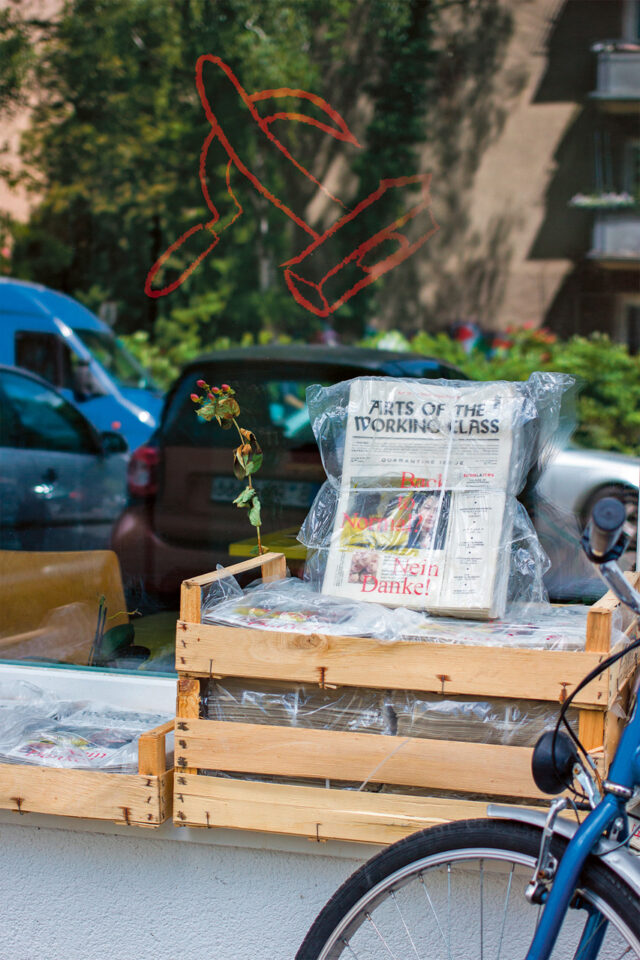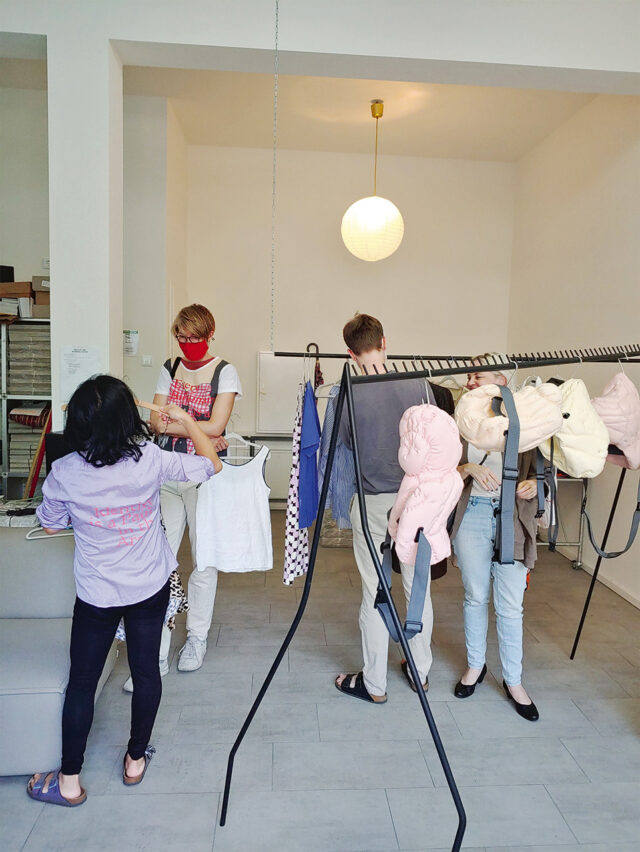
Jeder kann an einem unserer Abholpunkte die Zeitung umsonst abholen und verkaufen

Ausstellung und Markt zum Launch der 13. Ausgabe, 2020

Jeder kann an einem unserer Abholpunkte die Zeitung umsonst abholen und verkaufen

Ausstellung und Markt zum Launch der 13. Ausgabe, 2020